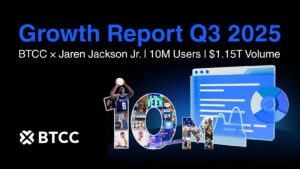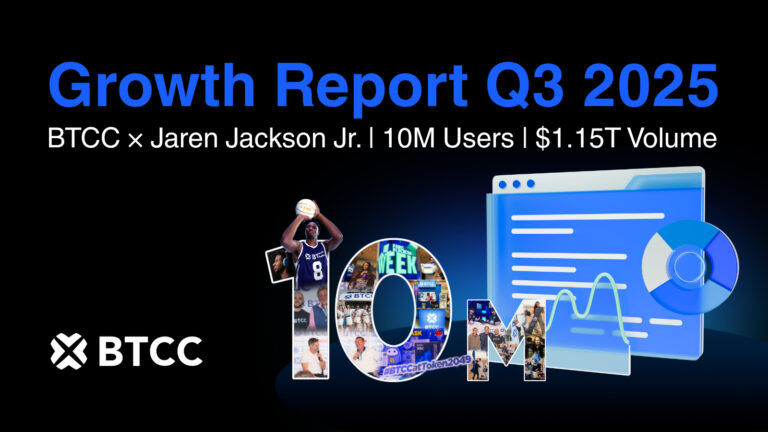Coinbase has introduced decentralized trading to nearly all its U.S. customers, broadening access to one of its most ambitious products yet.
The company confirmed on Oct. 8 that its decentralized exchange (DEX) service is now live inside the main Coinbase app for users across the country, except those based in New York, where state regulations still restrict the offering.
Through the new interface, traders can swap tokens the moment they launch, giving them early exposure to emerging assets long before centralized listings appear. The feature is powered entirely by Base, Coinbase’s Ethereum layer-2 network, and will gradually expand to support additional chains and regions.
For now, the app allows users to trade Base-issued assets from projects such as Virtuals AI Agents, Reserve Protocol DTFs, Soso Value Indices, Auki Labs, and Super Champs. Coinbase integrated liquidity routes from 1inch and 0x, enabling non-custodial token swaps without users surrendering control of their wallets.
Funding can come directly from an existing Coinbase balance or USDC, while the company absorbs gas fees in exchange for a “small, transparent” trading charge.
The launch follows a limited August trial with selected testers and signals a full-scale entry into on-chain trading for the exchange’s retail base.
CEXs roll out DEXs
The DEX launch also arrives amid a wave of similar efforts from competitors.
Bybit recently unveiled Byreal, a Solana-based platform built to fuse centralized exchange efficiency with DeFi transparency.
BitMart and MEXC have followed suit with their own on-chain venues, each aiming to keep users within their trading environments as liquidity fragments across networks.
These firms’ moves are unsurprising, considering industry data shows that crypto traders increasingly turn to DEX platforms for their trades.
Data from CoinGecko showed that decentralized exchanges now handle roughly 28.5% of spot activity seen on centralized platforms. In the second quarter of 2025 alone, DEX volumes jumped more than 25%, while centralized venues saw trading fall nearly 30%.
That divergence pushed the DEX-to-CEX volume ratio to 0.23, up from 0.13 in the prior quarter.
Considering this, Youngsun Shin, Flipster’s head of product, noted:
“CeDeFi convergence will be a thing sooner than we all think.”
In this market environment, crypto traders have a growing preference for platforms offering transparency and self-custody of their assets. By integrating a DEX directly into their app, the CEXs aim to bridge that gap by offering the control of DeFi with the reliability and speed users expect from their exchange.










